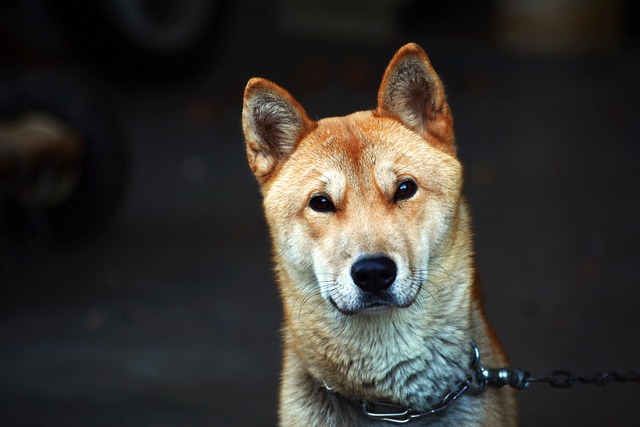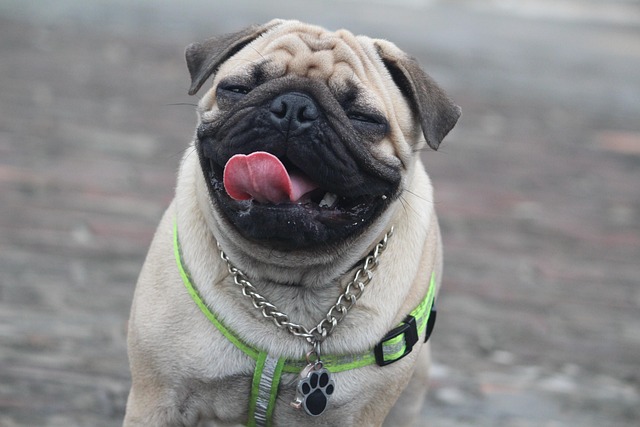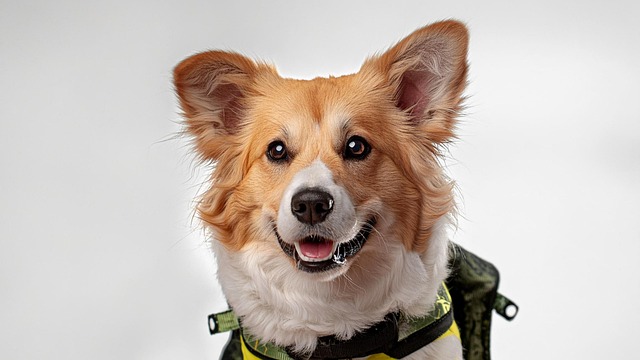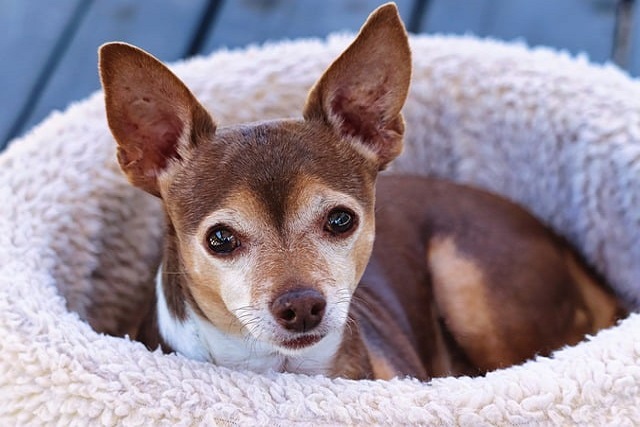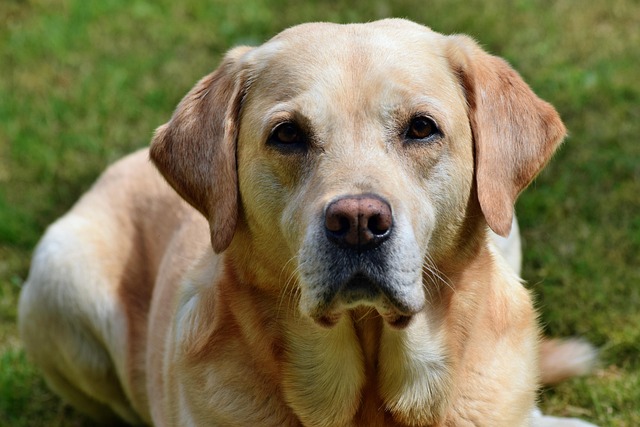If you’ve ever felt your puppy’s sharp teeth nip your hand during play, or watched your rescue dog snap at a stranger reaching to pet them, you know the urgency of teaching bite inhibition. New dog owners, like my friend with a 5-month-old German Shepherd mix named Diesel, often panic—Diesel loved to mouth during play, and one day he nipped a child at the park, leaving a red mark. My friend worried he’d become “aggressive,” but with the right approach, Diesel learned to control his jaws. Teaching a dog not to bite isn’t about punishment; it’s about helping them understand that human skin is fragile, using patience and positive cues.
Dogs bite for many reasons: puppies explore the world with their mouths, scared dogs bite to protect themselves, and overexcited dogs might nip during play. Puppies naturally learn bite inhibition from their littermates—when one nips too hard, the other yelps and stops playing. Without that lesson, they need humans to step in. The key is to mimic that feedback: let your dog know when a bite is too hard, then redirect their energy to appropriate toys. Diesel’s trainer explained that punishment, like hitting or yelling, makes scared dogs more likely to bite out of fear—it breaks trust instead of building it.
Start with puppyhood if possible. When your puppy nips, let out a high-pitched “ow!” to mimic a littermate’s yelp, then pause play for 10 seconds. This teaches them that hard bites end fun. For Diesel, his owner did this every time he nipped, and within a week, he started using softer mouths. For older dogs or rescue dogs, focus on building trust first—sit quietly with them, offering treats from an open palm, and let them approach you. If they show signs of stress (like growling or stiffening), back off and try again later. Use chew toys as redirection: when your dog goes for your hand, swap in a rope toy and praise them when they bite that instead. In apartments, keep a toy handy during playtime to avoid nipping fits that disturb neighbors.
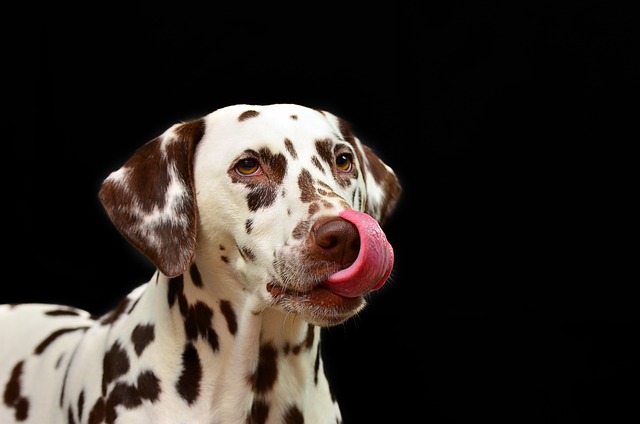
Consistency ties into responsible pet ownership. Keep your dog’s rabies vaccine current—all U.S. states require it, and a well-trained dog is less likely to land in risky situations. When walking, use a sturdy leash and muzzle if needed (for nervous dogs), and ask strangers to let your dog approach them first instead of reaching over their head. At dog parks, supervise play and step in if things get too rough— Diesel learned to greet other dogs calmly, which translated to calmer interactions with people too. Never scold a dog after the fact—they won’t connect the punishment to the bite. Instead, reward gentle behavior with treats and praise, so they associate soft mouths with good things. With time, your dog will learn that humans are to be cherished, not chomped.
